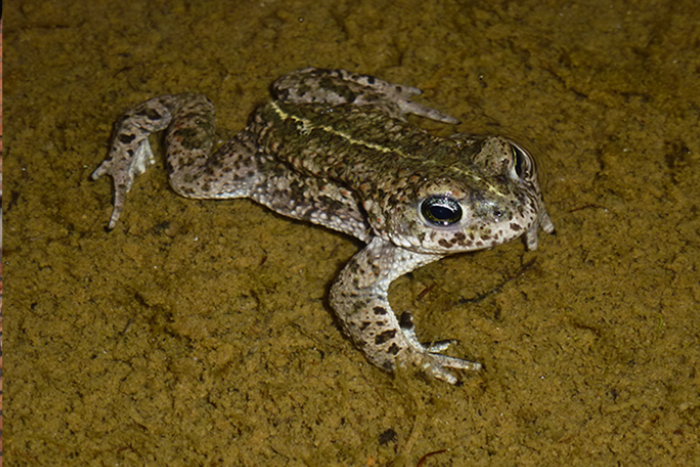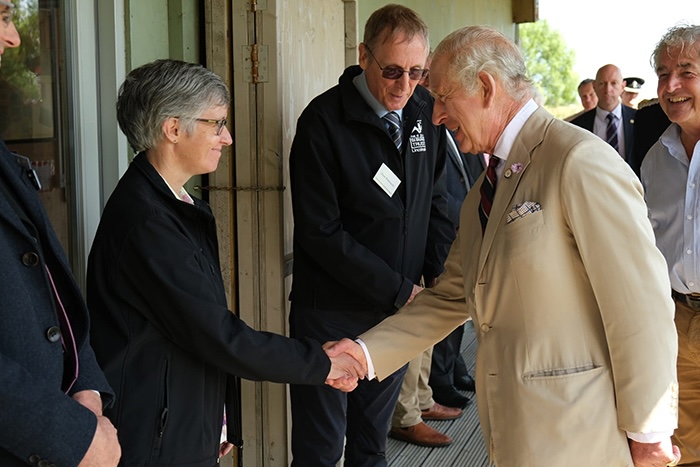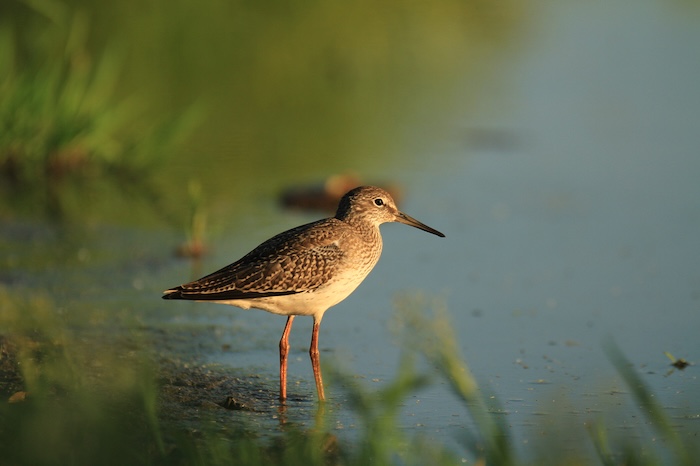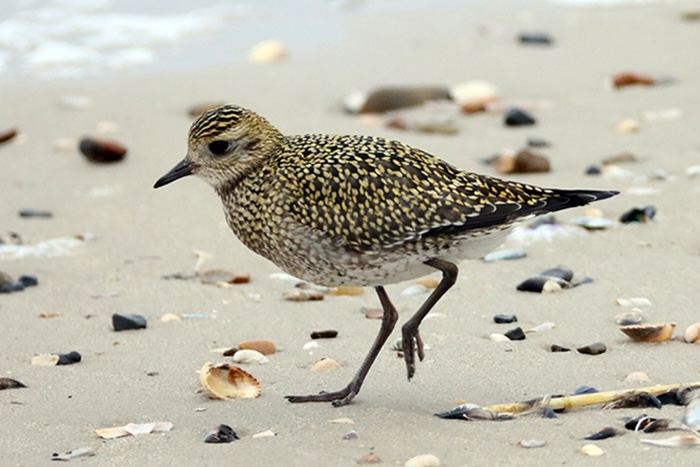
Visit coastal reserve to see nature thrive
By Rachel Shaw
Lincolnshire Wildlife Trust
It’s two years this month since King Charles III visited the nature reserve which marked the first area created to mark his coronation and committed to enhancing biodiversity and nature recovery while connecting people with nature.
The Lincolnshire Coronation Coast National Nature Reserve (NNR) brings together the existing Donna Nook and Saltfleetby-Theddlethorpe Dunes reserves, adds a further 2350 hectares of land managed for nature conservation and covers almost 30km of coastline
It is one of King’s Series of National Nature Reserves and demonstrates what can be achieved by working in partnership across an entire landscape. Working with others has been key since the very first steps to protect this section of the coast were made by the Lincolnshire Wildlife Trust in the 1950s.
Like other areas of the Lincolnshire coast, the area had been threatened with sporadic caravan and bungalow development in the 1920s and 30s. But then a quite unexpected event put an end to it in the form of acquisition of the area around Saltfleetby and Theddlethorpe dunes by the Air Ministry for use as a bombing and firing range in the 1930s.
By 1950 RAF activity was concentrated on the bombing ranges out on the extensive sand and mudflats, and the dunes and marsh were not merely neglected but had become a kind of no-man’s land abused by casual refuse tipping, unauthorised shooting and motorcycle scrambling.
In 1956, the Trust obtained a licence to manage 170 acres of dunes and freshwater marsh. By 1960 the area had been extended to north and south to cover 320 acres. It was a small start to what would become the Lincolnshire Coronation Coast NNR.
National Nature Reserve status is given to the very best nature conservation sites in England and is recognition that the land is nationally important and will be managed in perpetuity for its wildlife and geology. Many National Nature Reserves are managed – like the Lincolnshire Coronation Coast NNR - by multiple parties who are committed to working together towards a shared future vision for the nature reserve.
Declarations of National Nature Reserves are made by Natural England and at the Lincolnshire Coronation Coast they will work alongside Lincolnshire County Council, North East Lincolnshire Council, Lincolnshire Wildlife Trust, Ministry of Defence, the Royal Society for the Protection of Birds (RSPB) and the Environment Agency to share skills, knowledge and resources for long term commitment to the site.
The Lincolnshire coast has a range of important habitat for species including birds and mammals. There will be five priority habitats within the National Nature Reserve boundary: intertidal mudflats, coastal saltmarsh, coastal sand dunes, coastal and floodplain grazing marsh, and saline lagoons.
Wildlife benefitting from the reserve include notable winter assemblage of wading birds and wildfowl and a range of breeding species in spring and summer. Special species include redshank, whitethroat, golden plover, natterjack toads, grey seals, and a diverse range of plants and insects such as the marsh moth – one of only two places in the country where they are found. The saltmarsh and lowland wet grasslands are very important in delivering natural solutions to manage climate change.
As the first in the new King’s Series of National Nature Reserves the site is one of the best places for nature to thrive in England. The series will see the creation of five major National Nature Reserve declarations every year for the next five years - 25 in total.
King Charles III visited Saltfleetby-Theddlethorpe Dunes in July 2023. Lincolnshire Wildlife Trust staff had the honour of meeting His Majesty alongside our partners Lincolnshire County Council, Natural England, Lincolnshire Wolds AONB, Environment Agency and survivors of the 1953 floods.
Warden, Ruth Taylor, introduced the King to some of the reserve's natterjack toads. "It was an honour to be able to share with His Majesty some of the species monitoring work of the Trust. He seemed genuinely interested in the toads and the measures we've put in place to boost the population."
The reserve is home to natterjack toads (above). Picture: Matt Blissett

Rachel Shaw meets King Charles at the Lincolnshire Coronation Coast National Nature Reserve in July 2023. Picture: Lincolnshire County Council.

Species like the redshank (above) and golden plover (below) thrive at the nature reserve.

